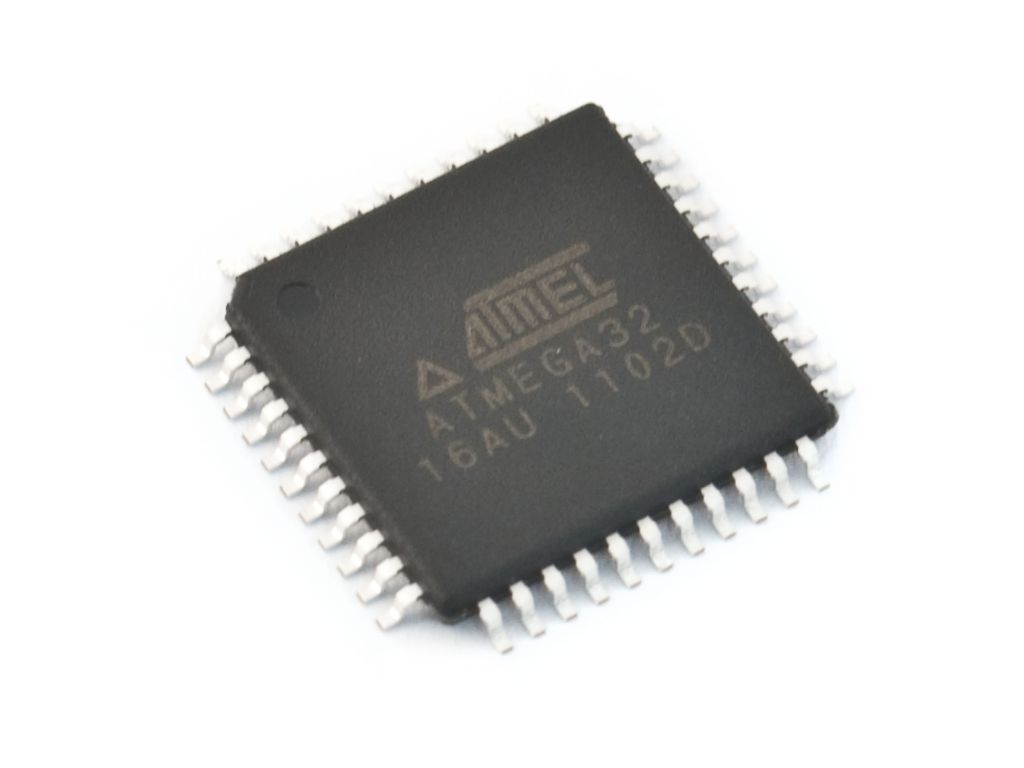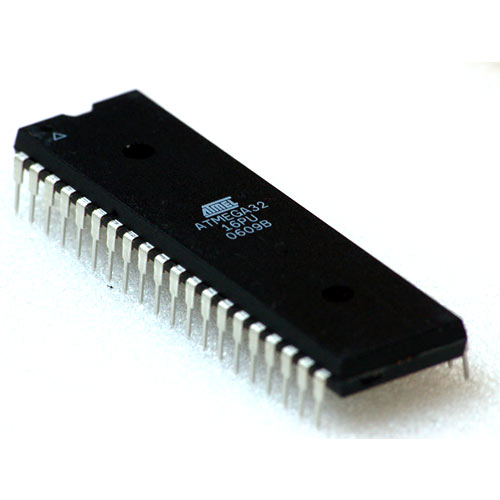Secured Chip ATmega32 Flash Program Replication
Secured Chip ATmega32 Flash Program Replication means the firmware embedded into eeprom and flash memory of IC ATmega32 MCU will be recovered and then allow engineer to readout software file from microprocessor atmega32;

The EEPROM Access Registers are accessible in the I/O space.
The write access time for the EEPROM is given in Table 1 on page 21. A self-timing function, however, lets the user software detect when the next byte can be written. If the user code contains instructions that write the EEPROM, some precautions must be taken.
In heavily filtered power supplies, VCC is likely to rise or fall slowly on Power-up/down. This causes the device for some period of time to run at a voltage lower than specified as minimum for the clock frequency used by pulling embedded heximal out from microcontroller atmega32. See “Preventing EEPROM Corruption” on page 23. for details on how to avoid problems in these situations.

In order to prevent unintentional EEPROM writes, a specific write procedure must be followed. Refer to “The EEPROM Control Register – EECR” on page 20 for details on this. When the EEPROM is read, the CPU is halted for four clock cycles before the next instruction is executed. When the EEPROM is written, the CPU is halted for two clock cycles before the next instruction is executed.
Tags: النسخ المتماثل لبرنامج فلاش ATmega32 لشريحة آمنة ،,نسخة مؤمنة من رقاقة ATmega32 Flash ،

